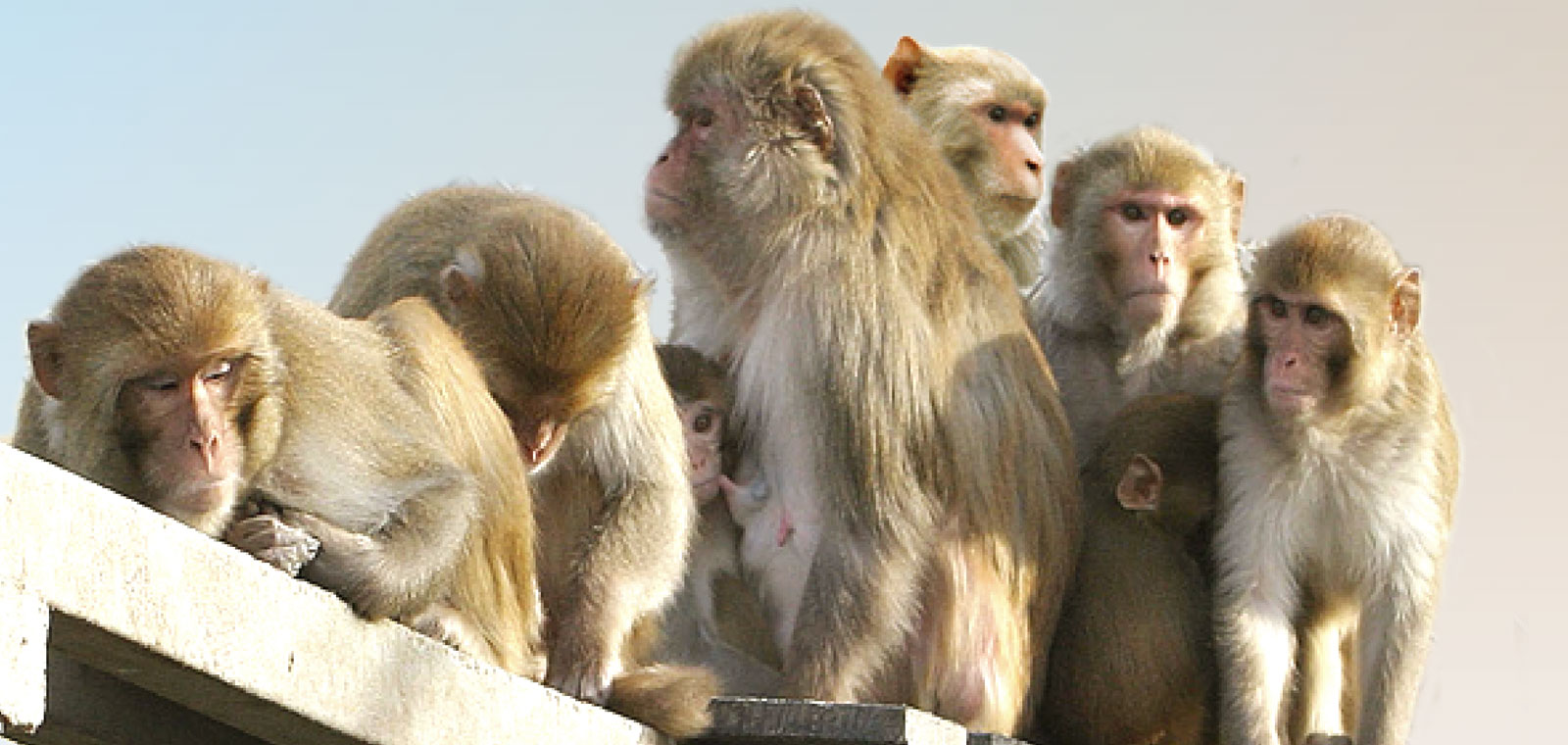
Today is World Day for Laboratory Animals. It’s a day when we reflect on the use of animals in research. Is the use of laboratory animals still of our time? If so, how are we going to handle these animals?
Coronavirus affects us all. Scientists worldwide are searching for a solution, a vaccine for instance. The development of a vaccine is, unfortunately, a very long process involving many steps. Laboratory animals play an important role in this process. In animals we can determine if a vaccine has a chance of success, whether it actually provides protection against the infection and if the vaccine is safe to use. This is not yet possible with computer models or in culture dishes.
Urgency
In the urgency of finding a cure, scientists attempt to skip studies in animals in some cases. This is not without risk. Previous studies have shown that experimental vaccines, rather than providing protection, actually caused the disease to worsen. Animal studies are important to detect this kind of negative effects in time, before experimental vaccines are being tested in humans.
Animal welfare
If we do use animals, what is the best possible way to take care of them? BPRC does this in all sorts of ways. We train animals to ensure they will experience less stress. We provide spacious and social enclosures, and ensure that the living conditions of the animals are enriched.
Alternatives
In the meantime, we are searching for ways to reduce the number of animal studies. It differs in each type of research whether this is feasible at this time. In vaccine studies it’s still difficult, because interactions in the body in response to a vaccine are extremely complex and are therefore difficult to simulate in a culture dish. However, we are collaborating with a study that aims to replace animal studies with in vitro tests in quality controls of vaccines. We have been able to make progress in other areas as well. In line with this, we have recently developed a new detection method for malaria parasites. This makes it possible to perform drug research in culture dishes on a larger scale.
New technologies
Nowadays, we have more and more opportunities to conduct animal studies in an animal-friendly way. At BPRC such an example is telemetry: by implanting chips we can continuously and remotely monitor the temperature and activity of the animals. With the use of advanced cameras, the possible disease progression can be monitored day and night without disturbing their natural behaviour. It allows us to obtain accurate data and in addition, we can intervene in the event of a change. This reduces the discomfort animals could be experiencing. Also, we have several medical imaging techniques at our disposal, including PET-CT. With these techniques we can look inside an animal without opening it. This also means less discomfort for the animals. What’s more, we can monitor animals with these techniques over time and as a result, fewer animals are needed for an experiment.

